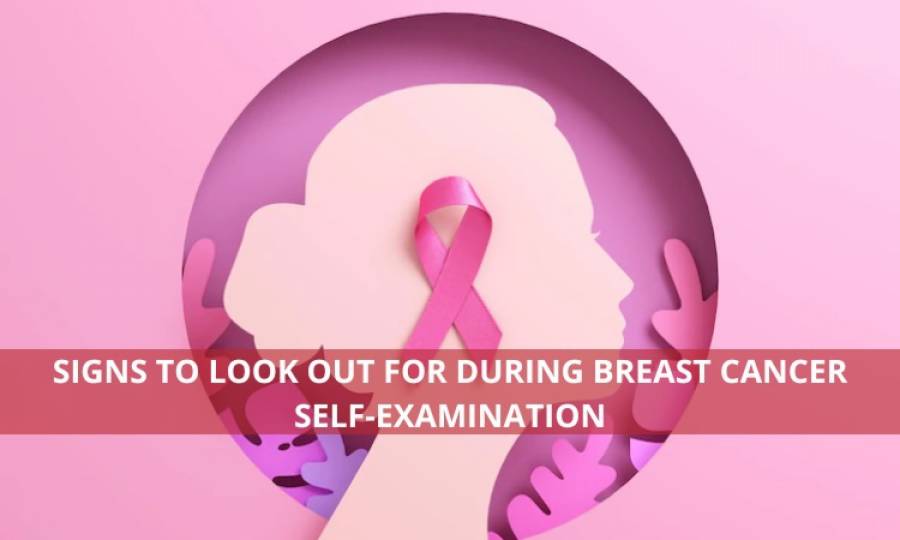Signs to Look Out for During Breast Cancer Self-Examination

Pakistan has the highest incidence rate of breast cancer. One out of nine women is at risk of getting breast cancer. The most common reason for breast cancer prevalence is the taboo of this disease in South Asia. Women hide their symptoms, and some don’t even perform self-examinations. Awareness has not led to the breakdown of these barriers. It is vital to diagnose breast cancer early. Approximately 90000 new cases are diagnosed every year in Pakistan, out of which 40000 are terminal. Early diagnosis can lower this number. Women should be able to self-diagnose to notice any alarming signs and report those signs immediately. Johns Hopkins Medical center states, “Forty percent of diagnosed breast cancers are detected by women who feel a lump, so establishing a regular breast self-exam is very important.”
Performing a breast cancer self-examination
Self-examination can be done in three ways:
- In the shower: Feel for any changes in the breast’s size, shape, color and texture. With soapy hands, you can check for any lumps under your armpits on both sides. Check for any thickening of the skin starting from above the collarbone. Raise one arm behind your head and use the flat part of your fingers from the other hand to press gently into the breast. Follow an up-and-down pattern, moving from bra line to collarbone. Continue until the entire breast area is covered.
- Lying down: Lie down and place a pillow under your right shoulder. Put your right hand behind your head and with the other hand start in circular motions in a clockwise direction. Keep your fingers flat and cover the whole area. Make sure to extend the movements towards your armpits. Move towards your nipple and check for any thickening or changes in the texture of the nipple. Repeat the same on the other breast.
In the mirror: Look at yourself in a mirror in a well-lit room and check the size and shape of your breasts. If your breasts are unequal that is okay but it should not be a drastic difference. Look for any discoloration, sores and thickening. Place your hands on your hips and press down firmly to tighten the chest muscles beneath your breasts. Turn from side to side so you can look at the outer part of your breasts. Bend forward toward the mirror. Roll your shoulders and elbows forward to tighten your chest muscles. Your breasts will fall forward. Look for any changes in their shape or contour. Look at the border underneath them by lifting your breasts. You may need to lift your breast with your hand to see it. Always check nipples for discharge fluid.
Signs to notice: The following signs should be reported to your doctor.
- Changes in the look and feel of breasts.
- Discharge from the nipples.
- Dimpling or puckering of the skin.
- Lump, hard knot or thick tissue.
- Inverted nipples.
- Continuous pain.
- Swelling and change in texture.
- Warmth and redness or presence of rashes.
Advertisement
Trending
Popular
Aging: New study identifies key lifestyle, environmental factors ...
-
Hair loss: Discovery uncovers key stem ...
08:00 PM, 25 Feb, 2025 -
Broccoli sprout compound may help lower ...
11:31 AM, 25 Feb, 2025 -
Gas Pain vs. Heart Attack: How to tell ...
09:00 PM, 22 Feb, 2025 -
Coconut oil supplement shows promise ...
08:00 PM, 20 Feb, 2025



